Knowledge of the parts of a tennis racket is essential for beginners. The racket is the most vital piece of equipment in tennis. A tennis racket looks simple, but it turns complex when you identify the different parts of it. The idea of the different parts of a racket serves as the basic requirement for selecting a tennis racket.
In general, a tennis racket consists of 14 parts.
- Butt Cap
- Butt
- Handle
- Grip
- Grip Tape
- Bevels
- Grip Tape
- Throat
- Head
- Beam
- Grommets
- Dampeners
- Bumper Guard
- Strings
Let’s come to the details
Tennis Racket Parts
The below diagram helps you visualize the different parts of a tennis racket.
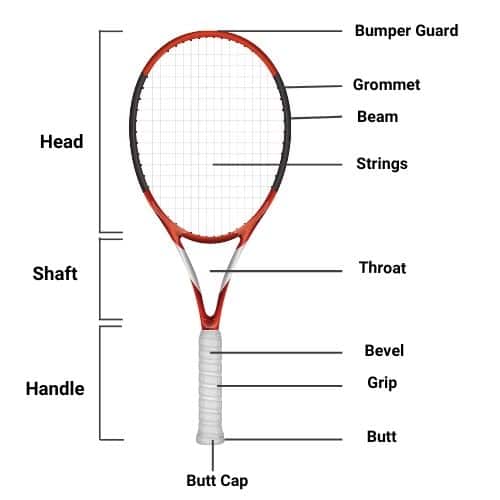
Butt Cap
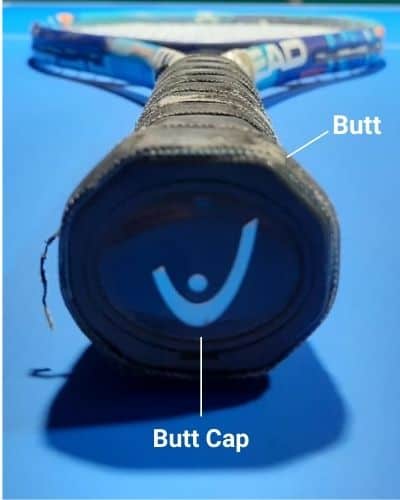
The butt cap is a plastic cap that increases the size at the end of a racket. Manufacturers print their logo and the size of the handle on the face of the butt cap.
If a player wants, he can remove the butt cap and glue some weight to adjust the balance of the racket.
Butt
Butt refers to the bottom portion of a racket. It is the flared section of the racket that helps to prevent the racket from falling out of your hand.
Handle
The handle is the last portion of the racket where you place your hand to hold the racket. The extended version of the rackets with a longer handle provides more power and leverage. The range of the outer circumference of the handle varies from 4 – 4⅝ inches. Selection of the proper size of the handle is necessary to make you feel comfortable, otherwise, there is a possibility of injuries.
Grip
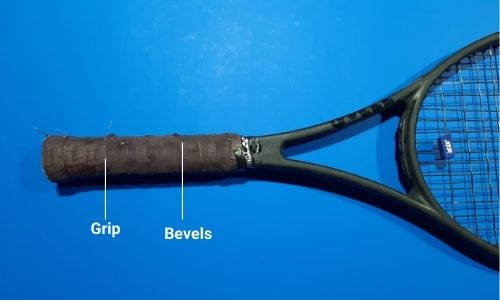
The grip is the outer wrapping over the handle to protect your hand from the rough edges of the handle and also for the required traction to hold the racket.
You can use a replacement grip or an overgrip if needed to get rid of sweat during a match.
Grip Tape
At the top of the handle, there is a grip tape that firms the grip with the handle.
Bevels
There are 8 bevels along the length of the circumference of the handle for better gripping of the racket.
Shaft
The shaft is the portion between the handle and the head. The shaft starts from the top of the handle and then is divided into two sections for the formation of the head.
Throat
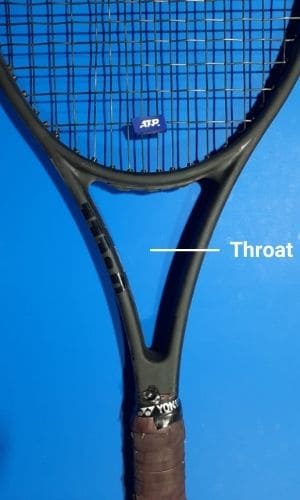
The throat starts from the top of the handle and ends at the start of the head. The throat may be open or closed. In past, wooden rackets had a closed throat but today’s modern rackets have an open throat. The triangle-shaped open throat is the hollow passage that allows air to pass through when swinging the racket for less drag. The flexibility of a racket depends on the design of the throat. The rackets with less flexibility are stiffer which provides extra power to the racket for hitting.
Head
The head is oval in shape and the starting portion of a racket where the strings are attached to form the hitting surface. There are different sizes of heads, larger head means more power whereas a smaller head refers to less power but more control.
Beam
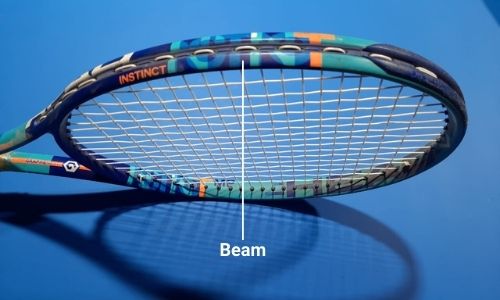
The beam refers to the side of the head or you may call it the head’s thickness. Rackets with wider beams are stiffer and allow the movement of the strings which adds power to the racket. On the opposite, smaller beams are more flexible and limit the movement of the strings which gives less power but more control.
Grommets
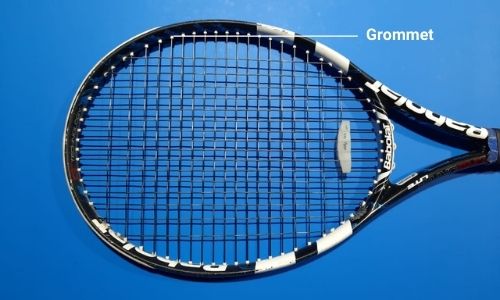
Grommets are the little plastic tunnels around the inner periphery of the head’s frame. They are inserted through the drilled holes along with the grommet strips lined around the outer periphery of the head to protect the strings from rubbing.
Grommets are designed depending upon the required power or control. Often you will find power rackets with wider grommets that allow free string movement. On the other hand, narrower grommets restrict the free movement of the strings for greater control.
Dampeners
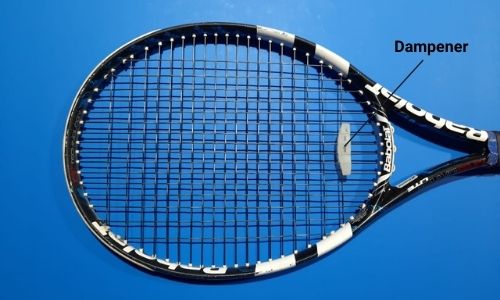
Dampeners are the little piece of rubbers that lie on the bottom of the string’s face, outside the cross strings. They are the optional elements according to the player’s preference. The purpose of the dampener is to alter the sound of impact by dampening the vibration of the strings.
Bumper Guard
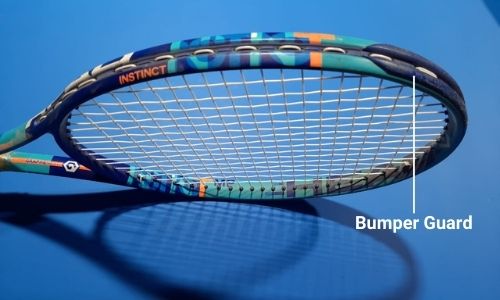
The bumper guard is provided at the top of the head to protect the strings and the head from rubbing with the ground. During play, these things often come in touch with the surface of the court leading to damage to your racket.
You need to replace the bumper guard as and when needed to enhance the life of your tennis racket.
Strings
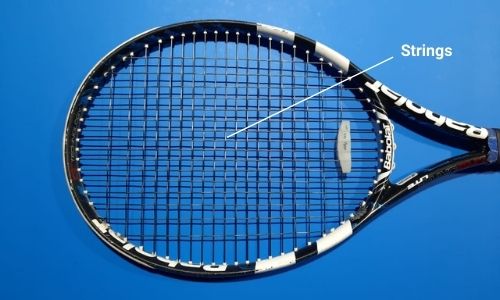
Strings are like thin cords that are inserted through the drilled hole of the head frame to form a flat hitting surface. The material, thickness, and tension of the strings have a massive impact on the performance of the racket that includes spin, speed, and control.
The strings, inserted vertically through the head are the main strings. And those inserted horizontally, are the cross strings. The main and cross strings together form the face of the tennis racket.
Wrapping up
I have tried to give the idea of the different parts of a tennis racket. This basic knowledge is essential to start your journey in this wonderful game of tennis. If you have any questions, let me know in the comment box below.

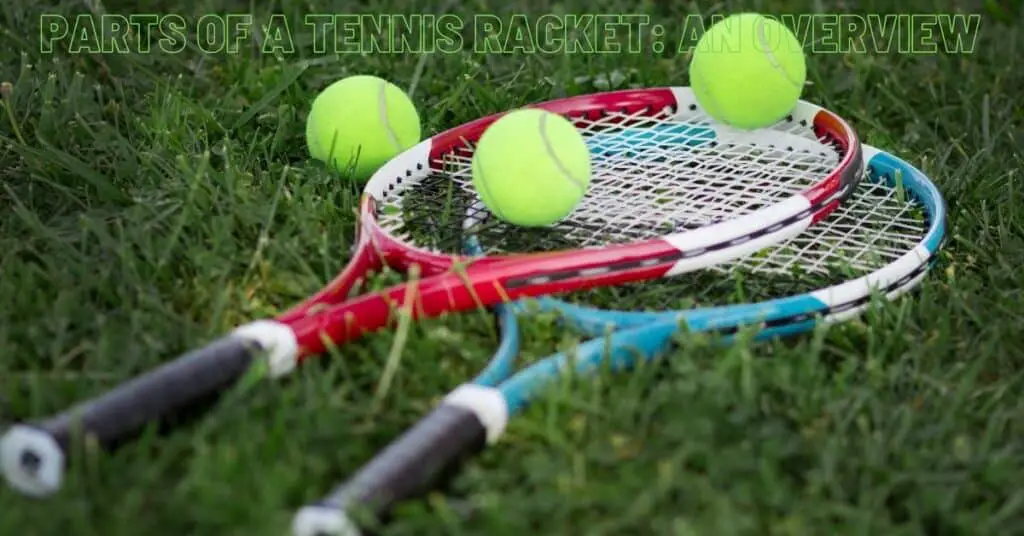
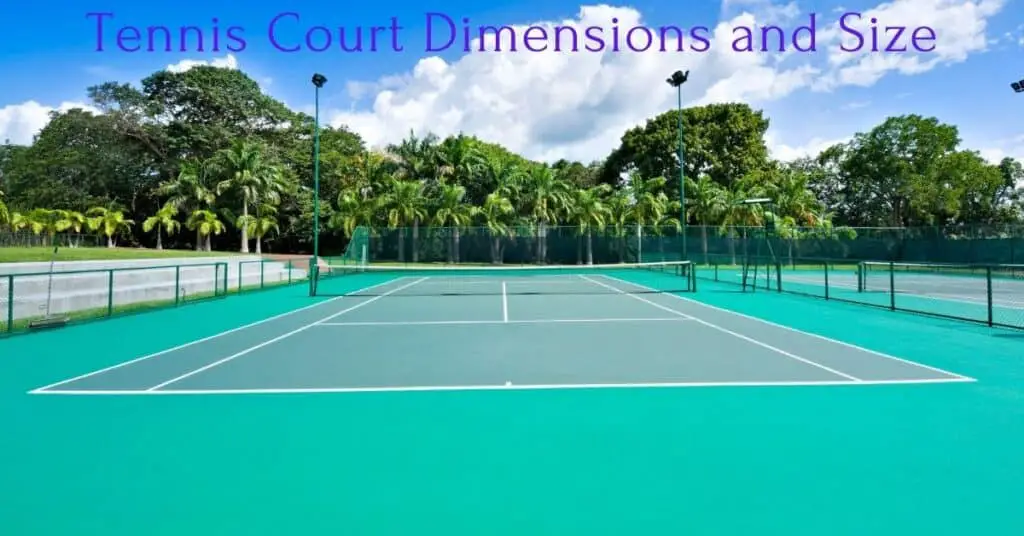
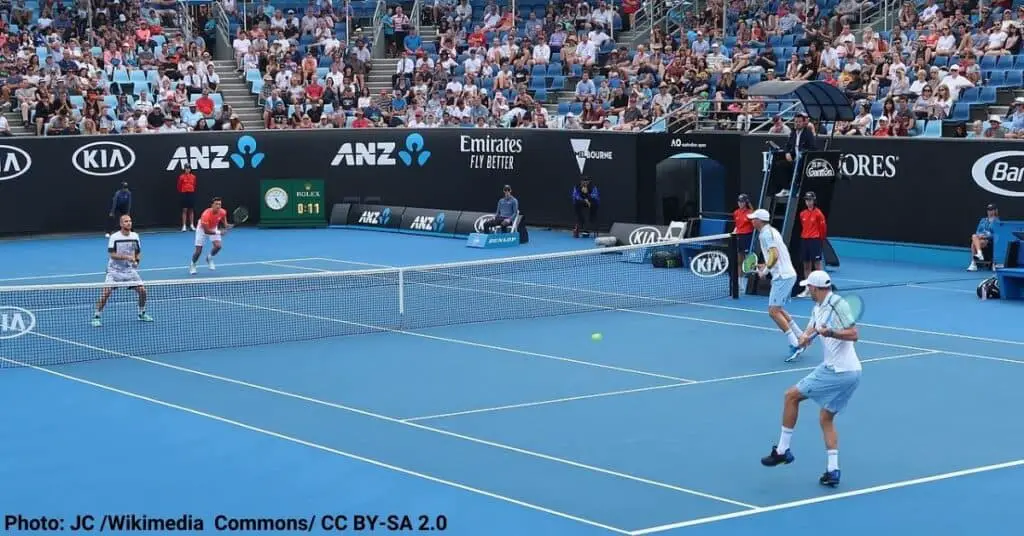
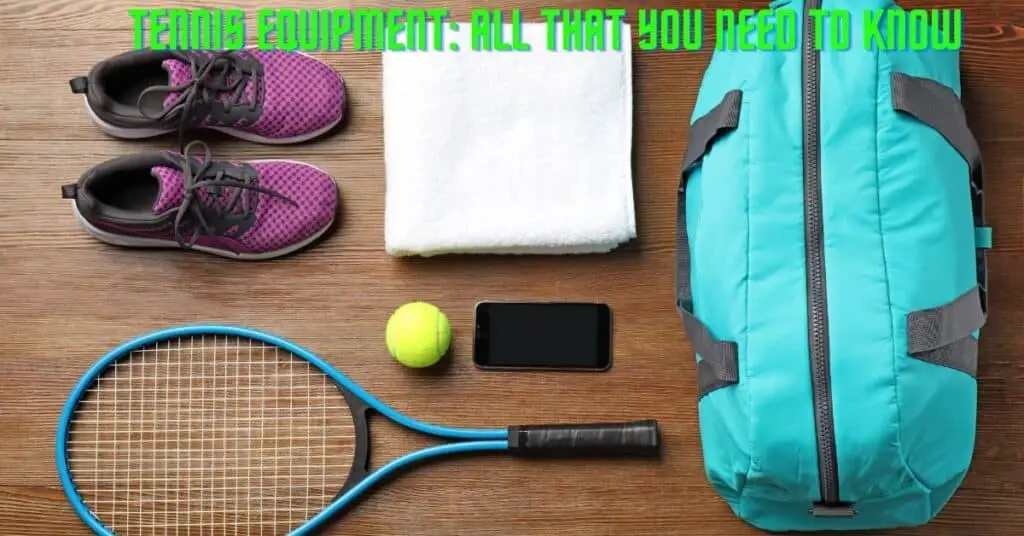
I want to buy pickleball racket anyone knows where i can get it? https://mcdvoice.me/
Amazon is the easiest and the most trustworthy online store where you will find a huge selection of pickleball paddles. You may also try dedicated stores like Pickleballcentral.com or Pickleball.com.